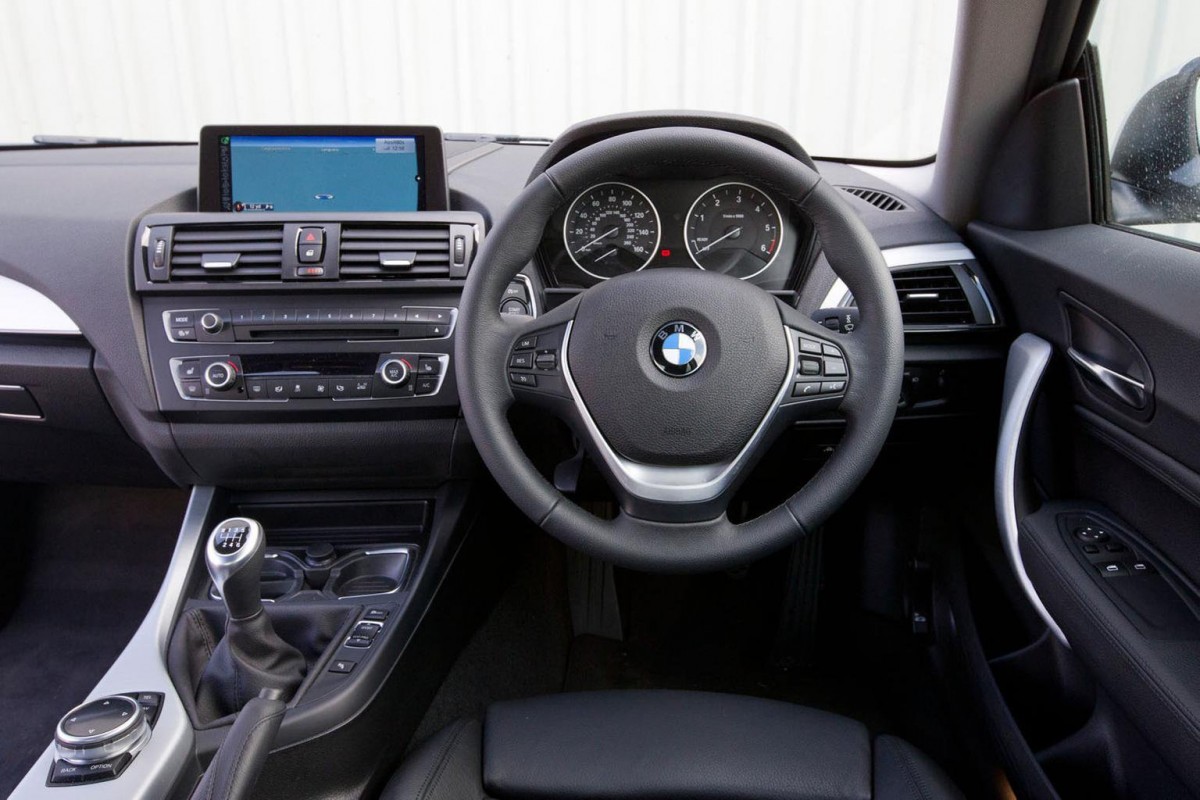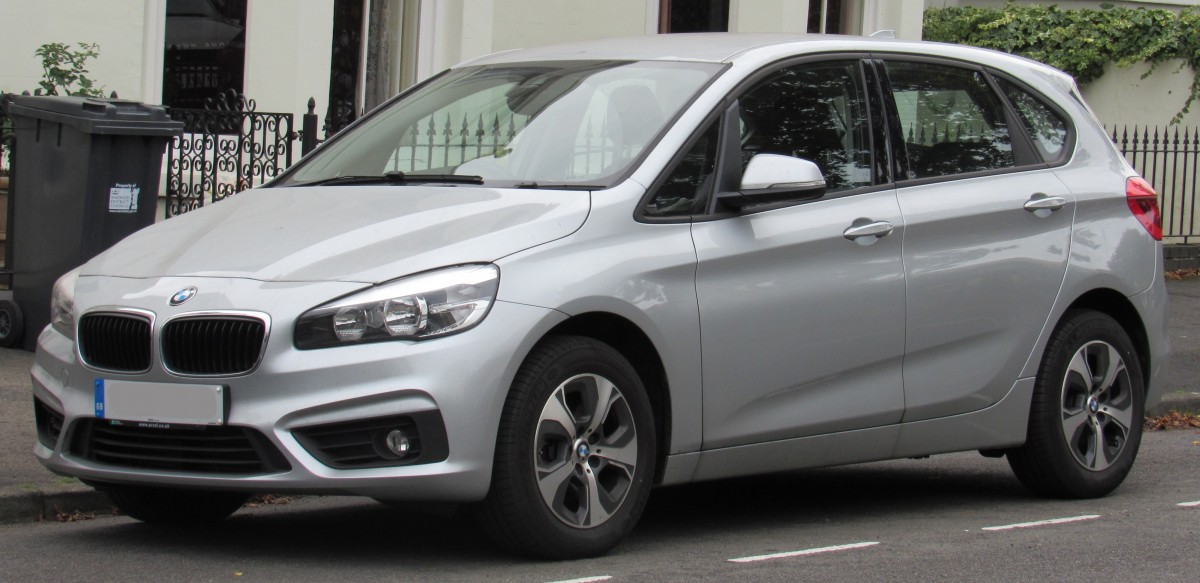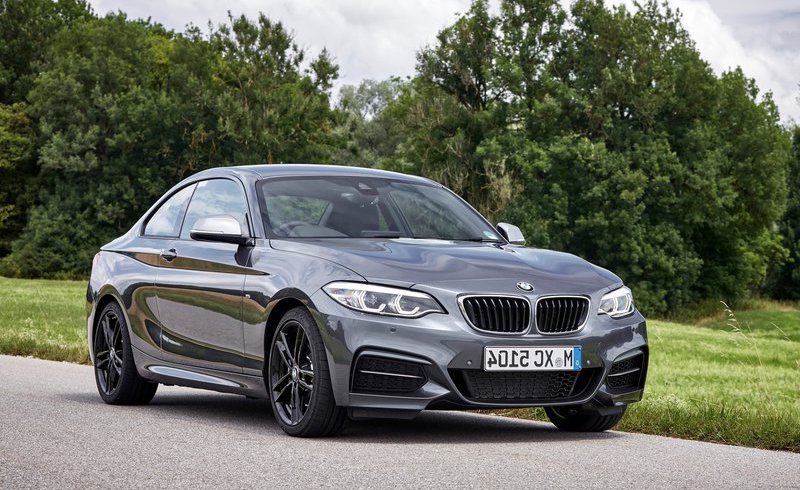The original BMW 1 Series was such a success that it wasn’t long before the Bavarian firm introduced coupé and convertible versions of it. Nippy and pert, both models received universal acclaim, but when the 1 Series was updated in 2014, the coupé and convertible versions were enlarged for increased practicality, and their names changed to the 2 Series.
The Coupé is essentially a driver’s car, and unsurprisingly, a wide range of engines has always been offered. The 134bhp, three-cylinder, all the way to the 3.0-litre straight-six turbocharged petrol engine that gives the M235i and later M240i full-on performance car pace and thrills!
What is it like to drive?
The 2 Series is one of those rare cars that was designed more for the process of driving than the result, and you feel the results of that fundamental decision in everything you do in the car. The steering is one of the best electronically-assisted setups we’ve driven, responsive, and with a good amount of feedback from the road. It’s an old-school RWD sports coupé made with modern stuff.
The automatic does a remarkably good job in these cars, and can let you focus more on other parts of driving, but we really prefer the manual, which is an extremely satisfying six-speed. The auto can do everything quicker and better than you can, but why give the robots all the fun?
Interior Design & Trim Levels

The BMW 2 Series comes in three main trims: 228i, M235i and M2. The former two can be had with all-wheel drive, convertible tops, or both. The M2 comes only in rear-drive coupe form. Despite being an entry-level model, the 2 Series still has a premium feel in terms of the design and materials used. It has just two rear seats, but there’s more space than you might think; only tall people are likely to find there’s insufficient head or legroom. Boot space is very good, at 390 litres, and although the seatbacks are fixed, a flip-down panel between the two seats is an optional extra.
Entry-level SE is arguably the best trim because it focuses on comfort rather than sportiness. However, it still has 17-inch alloys, climate control, DAB radio, a 6.5-inch colour display, heated door mirrors, rear parking sensors, and automatic headlights.
Is it expensive to run?
Not surprisingly, the diesel-engined cars are the most economical, but there’s not actually much in it. The 218d has a combined fuel consumption of 62.8mpg, while the more powerful 220d gets 58.9mpg. Weirdly, the even faster 225d has a better economy than the mid-range engine, at 60.1mpg, thanks to its automatic gearbox.
Road tax for all models registered before 1 April 2017 will vary depending upon the emissions the engine produces while examples registered after this date will render owners liable to pay a flat-rate fee. Insurance groups start off quite reasonably for the lower-powered cars, at group 24 for the 218i, but anything approaching performance will boost that up to as high as group 41, in the case of the M2.
Best 2 Series for Economy

The most economical is the automatic 218d with a 49.6-51.4 mpg claim under the more rigorous WLTP testing method. The punchier 220d isn’t far behind at 48.7-50.4mpg if you stick with the automatic.
Best 2 Series for Performance

The quickest 2 Series model by far is the M240i, which is priced competitively to take on the likes of the Porsche 718 Cayman.
Alternatives
The Audi TT is a cracker of a car, and one of our favourites. It’s smaller than the BMW 2 Series Coupé and is front-wheel drive, so very keen drivers might not find it as balanced in its handling, and the rear seats are more cramped.


The Seat Leon SC is effectively a three-door version of the five-door regular cooking hatchback, but it’s none the worse for that. It’s quick, agile, economical and, most important of all here on the used market, excellent value for money. It’s also spacious inside. The interior doesn’t feel as classy as the Audi’s or the BMW’s, but overall it’s a great car, and fun to drive, too – especially if you choose one of the more sporty variants.
